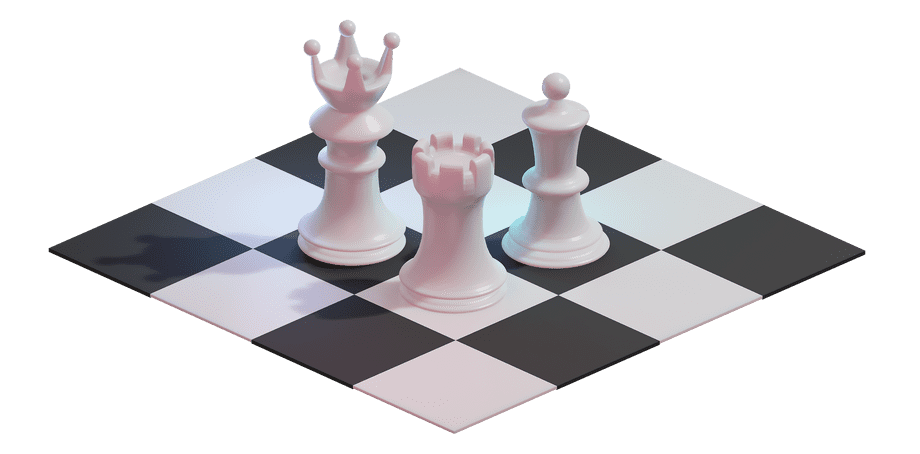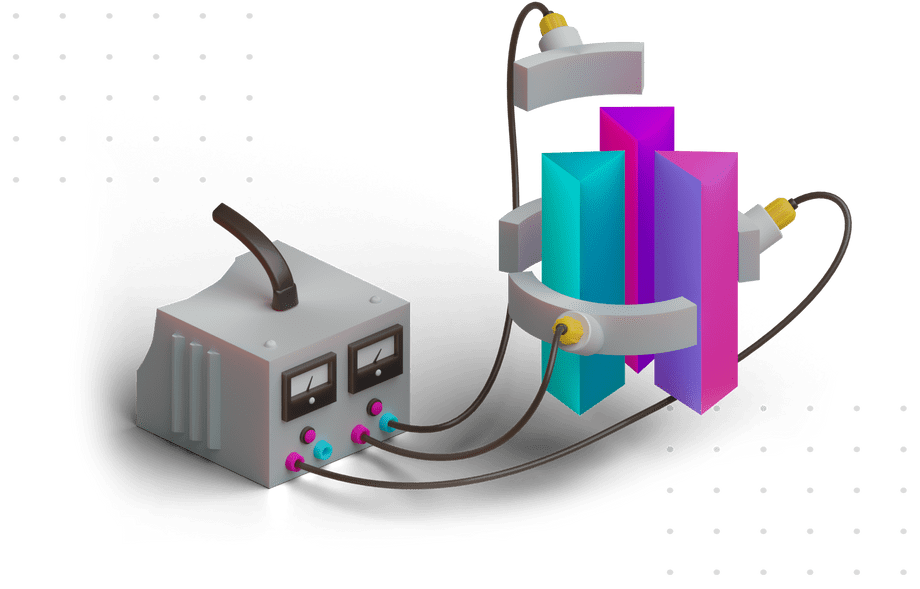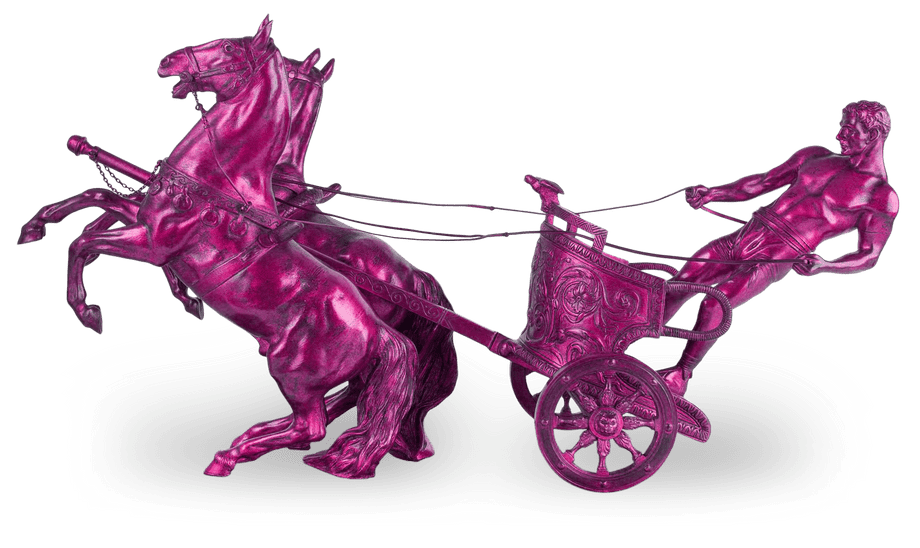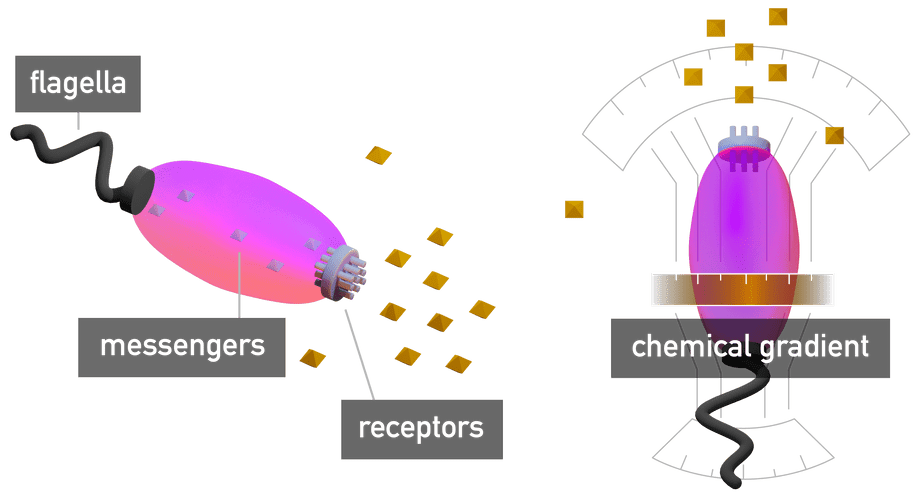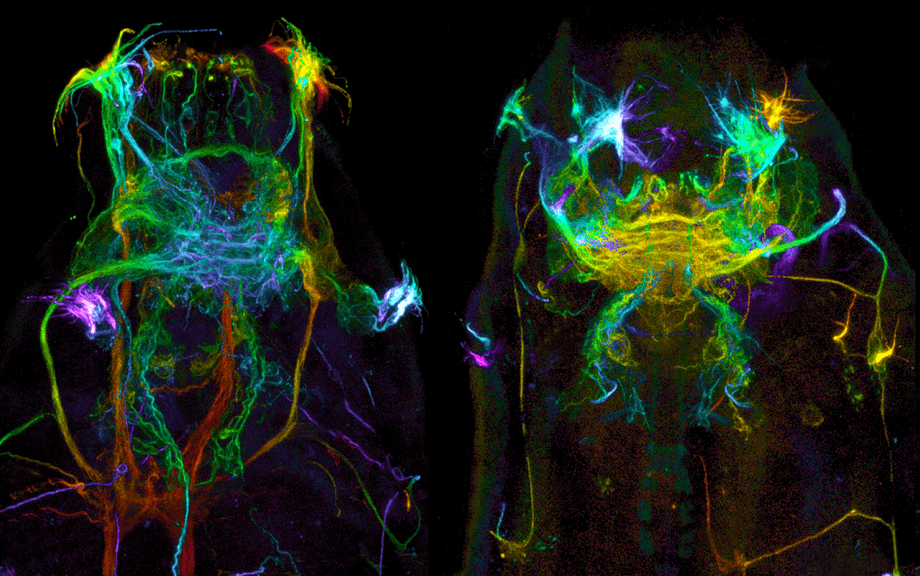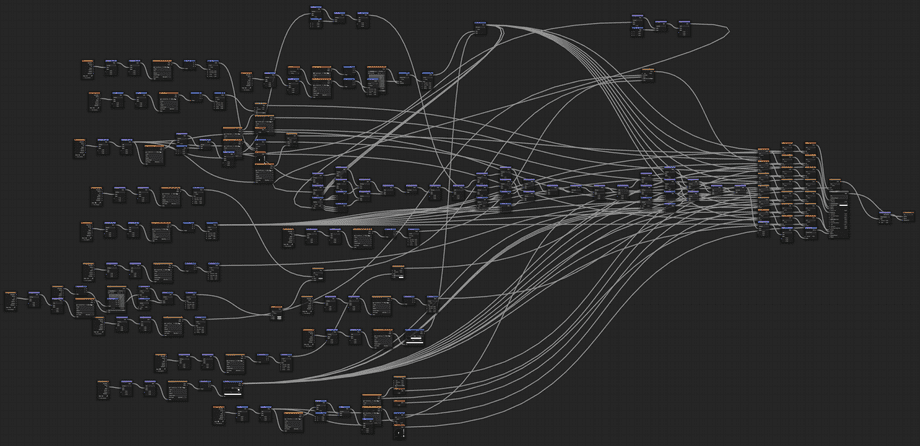A Model of the Human Mindcopy link
Applying Functional Programming to Philosophy
introductioncopy link
As I became more familiar with the writings of Freud and Plato and started practicing daily meditation, I realized that both authors and sensei have the same model of the human mind.
Freud calls it personality, sensei practitioners call it consciousness, and Plato calls it the soul. All theories divide the mind into three elements:
- The Rational, or thinking element that plans and measures
- The Executive, or doing element that acts
- The Appetitive, or sensing element that provides feedback
The elements are described as information processing nodes that connect input to output, and are always weighted in some proportion to each other.
Each element shares the characteristics of the whole mind, making them more like “partitions” over the computing volume of the mind, or sub-networks in a larger network. Each one is single-minded and driven by its own purpose in an endless cycle to optimize and maximize through learning.
why study the mind?copy link
Different authors have their own reasons for studying the mind:
- Freud applies his knowledge of the mind’s internal structure to regulate the constituent elements and fix unwanted behaviors.
- Socrates uses deductive reasoning to explain the mind and leverages this knowledge to self-regulate or compete with others by understanding their strengths and weaknesses better than they do.
- Sensei practice training aimed at increasing awareness. They want to help you tune your mind to the rest of the band, and learn to play your own part of the Universe’s symphony.
the three elementscopy link
Why are the Rational, Executive and Appetitive elements separate? Optimizing each element to follow its own objectives and then summing them gives the mind a capability to produce more accurate output.
/**/ If you spin up a neural network in Azure Machine Learning and ask it to detect objects in pictures at the same time as finding the quickest way to cook rice in various atmospheric conditions, you will see what I mean.
In order for the system to learn, you need a scoring strategy.
- Do you score based on how successful the object detection was?
- Do you score based on the best rice recipe?
- If you score on both, which one has more weight?
- Whichever way you choose, the weights would be recorded at the time of learning, making the system too rigid to handle dynamic environments.
- To compensate for the mismatch between the present conditions and the conditions at the time of learning, you need a way to re-mix the decisions.
When the decision-making elements are separate, each one makes the best decision based on its own past experience, and then the results are blended together to tailor the output to what’s currently happening.
Why are there three elements, and why are they given these tasks?
- You get these three elements because your mind is a partition over the larger Universal Consciousness, thus it shares in the Universe’s characteristics. See my previous article: A Theory of Consciousness.
- The three elements that make up the Universal consciousness are Planning, Sensing, and Execution, so when you grab a slice of that consciousness, you end up with all three elements present.
Why does the Universe itself consist of these three elements?
- In A Theory of Consciousness, I make the case that the Universe is engaged in a large scale effort to understand itself by taking raw data from its “unexplored” parts and forming it into structures.
- It works like a large-scale data transformation pipeline that connects inputs to outputs through a transform graph which consists of many information processing nodes (functions) which are linked together.
- A function maps a range of inputs into a range of outputs and is characterized by three features: input, mapping, and output, which directly correspond to elements of a mind: Sensing, Thinking, and Doing.
In the following sections we explore all three constituent elements of the mind.
planning elementcopy link
Plato calls this the “Rational” element and compares it to a chariot driver, a gardener, and a king [A Plato Reader].
Freud calls it the “Ego” and compares it to “a man on horseback, who has to hold in check the superior strength of the horse” [The Ego and the Id (1923)].
This element is characterized by:
- Being truth-loving, order loving, and reason-loving.
- Single-minded devotion to learning and organizing.
It is responsible for:
- Managing and maintaining the other two elements.
- Predicting and comparing outcomes to select an optimal plan of action.
This element has the following effects on behavior:
- In Range: uses inputs from the Sensing element to plan and prioritize goals, then directs the Executive element to carry them out.
- Hypo: allows feelings of the Sensing element to take over and lets the Executive element charge into situations blindly.
- Hyper: fails to consider feelings and makes assumptions. Never leaves the planning stage to take action, failing to recognize that learning happens by doing and failure is a necessary part of learning.
executive elementcopy link
Socrates calls this element “Spirited” and compares it to a lion because its role is to be strong and courageous. Freud calls it the “Super-Ego”, a part of the mind shaped by interacting with the physical world.
This element is characterized by being honor-loving, victory-loving, and having a single-minded devotion to achieving goals.
It is responsible for:
- Actualizing the decisions made by the planning element.
- Self-preservation and protecting others.
- Competition with others for the same goal.
This element affects behavior in the following ways:
- In Range: relentless execution that reaches goals at any cost.
- Hypo: laziness and lack of motivation.
- Hyper: blindly charging without planning and feeling, or attempting to aquire goals through raw strength alone.
sensing elementcopy link
Plato calls this the “Appetitive” element and compares it to a black horse with a character that’s hard to control.
Freud calls it the “Id” and poses that the Ego and the Super-Ego have “grown out” of Id like appendages used to manipulate the surrounding world. The Id needs them to get what it wants, but must subject itself to a constrained role of sensing, letting the Ego mediate and Super-Ego handle the details.
This element is able to scale to track any number of sensory inputs and performs adoptive input sensing. The strength of “desire” and “relief” signals it outputs depends on recently sampled data. Samples outside of range generate intense signals at first, but the intensity decays over time as the system adopts to the new range of data.
This element is responsible for:
- Providing accurate, high-gain, low-noise feedback signals to inform the planning and execution elements.
- Advertising unfulfilled needs to the Planner and reporting the intensity of each need based on the adoptive input range processing.
- Constantly searching for new needs that need to be fulfilled, determine their range, and advertise them to the Planner.
It influences behavior in the following ways:
- In Range: accurate sensing that results in goals reached efficiently and crises averted.
- Hypo: lack of connection to the surrounding world, which typically results in inaccurate actions and decisions due to incorrect or lacking feedback.
- Hyper: feasting on feedback instead of using it to achieve goals.
the mind as a systemcopy link
The mind is most efficient when all three elements are in correct proportions to each other. The rational element steers, the sensing element provides feedback, and the executive element mobilizes the system.
Many designs found in nature repeat the same pattern.
Bacteria sense the concentration of chemicals in their medium by using chemo-receptor proteins. Receptors dispatch messenger proteins when they bind to a stimuli molecule, and the messengers bind to flagellar motors that actuate movement. This causes the motors to rotate, facing whichever direction gets the strongest signal.
More complex organisms like tardigrades (water bears) need a system of connected nerve cells (cerebral ganglia) that take multiple inputs and wire them through to multiple outputs. There are enough cells in the ganglia to create a large surface for laying out many graphs of functional nodes.
The same node graphs are used as a tool in modern CG software to let artists design the flow of visual information from a variety of input sources through to the final rendered and composed frame.
The shader editor in Blender allows composing materials for 3D rendering:
The same function pattern repeats at both micro- and macro-levels because mapping senses into activity is a very common task for any living organism.
